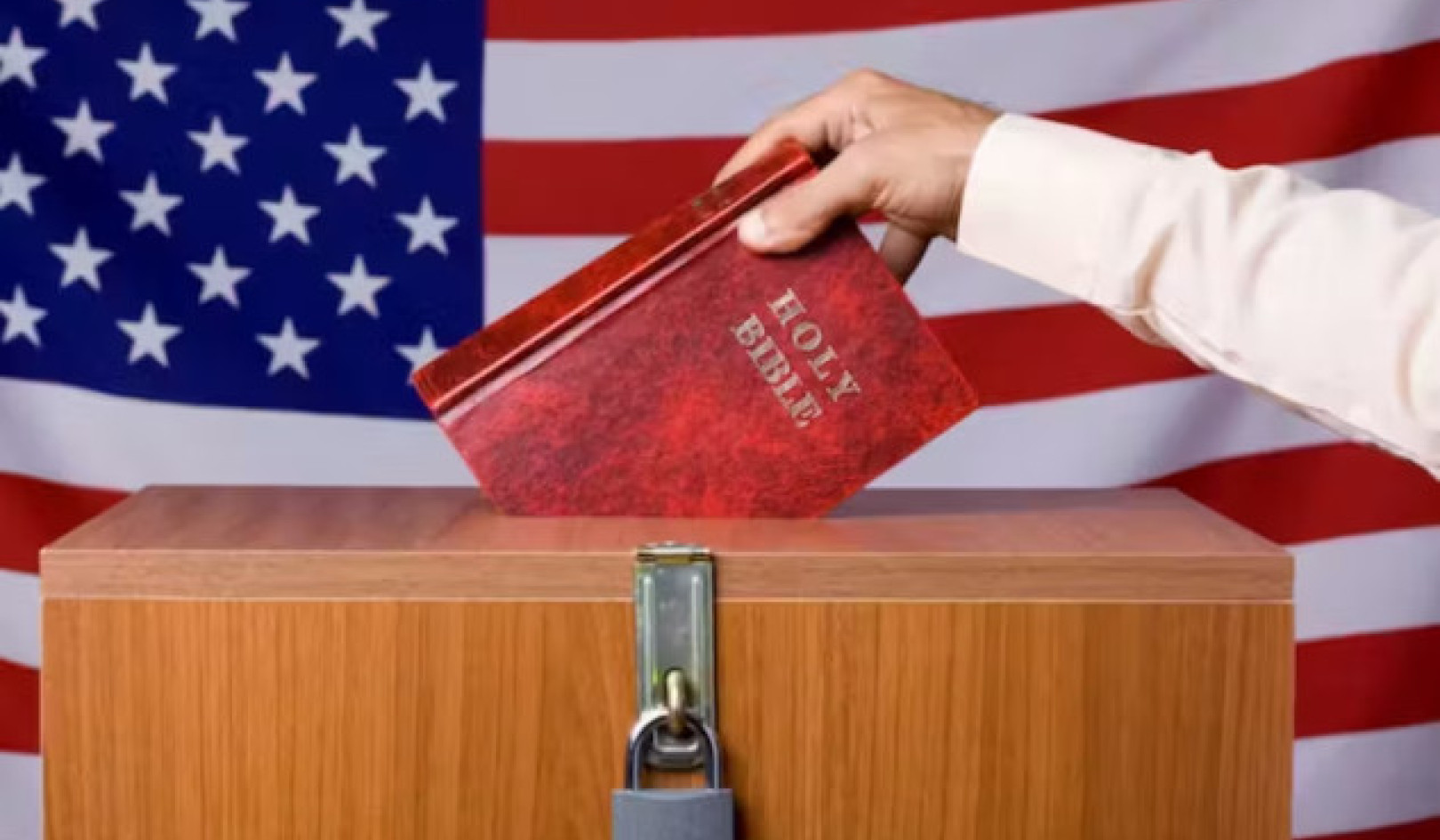Prime Minister Rishi Sunak has unveiled plans to crack down on antisocial behaviour. The proposals include making offenders wear hi-vis jackets to wash police cars and clean up vandalism, within 48 hours of being served a court order. Offenders may have to do other unpaid work in their local communities.
Labour has also released plans to make individuals clean up fly-tipping and graffiti. And they’ve proposed expanding mandatory parenting classes for parents of young offenders.
Clearly, politicians of all stripes agree that stopping antisocial behaviour is important. But what exactly counts as antisocial?
The term antisocial behaviour is used to refer to a range of actions, from noise nuisance and untidy gardens, to drug dealing and physical violence. It was first introduced into government policy in the 1990s. Tony Blair’s government broadly defined it as behaviour that causes nuisance, annoyance, alarm or distress. They introduced several measures to manage antisocial behaviour, including social housing evictions and asbos – antisocial behaviour orders.
The Anti-social Behaviour, Crime and Policing Act (2014) provides the most recent policy definition for antisocial behaviour. There, it is defined as conduct likely to cause harassment, alarm, distress, nuisance or annoyance.
What legal definitions and government documentation often leave out is a specific list of behaviours that are antisocial. The current proposal does not appear to have a specific list of behaviours either, although Sunak referred to vandalism and broadly, behaviour that “disrupts people’s daily lives”.
Even the Blair government’s own policy documents had conflicting definitions.
For years, researchers have highlighted how the broad definition in policy could lead to almost any behaviour being seen as antisocial. For example, as I found in my PhD research, a tenant was sent a warning letter for noise nuisance after flushing the toilet at night.
I interviewed five staff working in four different housing associations and local councils about what antisocial behaviour means. I also spoke with 15 social housing tenants who had been accused of antisocial behaviour about how the interventions affected them.
Antisocial behaviour officers told me the definitions in law and in social housing tenancy agreements were self-explanatory. However, half of the perpetrators I interviewed said it was “hard to define”, or simply that they didn’t know what antisocial behaviour covered. Most felt antisocial behaviour would be defined differently by everyone, applying to almost any behaviour.
How allegations affect perpetrators
The alleged perpetrators gave examples of complaints that had been made about them. These included a neighbour being “offended” as the tenant said hello to them in the street, having a soft drink can in an upstairs window and using the front rather than rear communal door. Two housing officers gave examples of tenants who needed to use communal stairs or household appliances at unsociable hours due to their working hours.
In response to these instances, tenants received home visits and warning letters referring to the possibility of eviction. These examples suggest that a lack of clear definition leads to mundane behaviours being treated as antisocial, with the dire consequence of tenants possibly losing their homes.
Tenants told me that staff within the same housing providers had different definitions of antisocial behaviour. Two tenants said they received warning letters for having CCTV for which they had previously been given permission. One tenant reported that while one officer told her there was no evidence of antisocial behaviour, another served her an eviction notice without further incidence or evidence gathering.
This uncertainty and inconsistency had serious, detrimental impacts on tenants. Many reported a negative impact on their mental health, including suicidal thoughts, after receiving antisocial behaviour interventions.
Punishing vulnerable victims
I also found victims of domestic abuse being treated as perpetrators of antisocial behaviour. Four women I spoke to experienced domestic abuse and reported being “punished” for it by their social housing landlord.
One reported receiving a warning letter when a violent ex-partner attempted to forcibly gain entry to her home. Another woman showed me her eviction notice, which listed examples of violence and intimidation towards her as examples of her own misconduct.
A 2019 Australian study also found that (female) victims of domestic abuse were routinely punished through antisocial behaviour interventions.
The broad definitions in policy can lead to a number of problems in managing antisocial behaviour. The experiences of the tenants I interviewed show that mundane, everyday behaviour can be treated as serious antisocial behaviour. And domestic abuse can be treated as a failure of the victim to prevent nuisance to their neighbours.
Introducing more visible or stronger punishments for antisocial behaviour, as the government hopes to, is unlikely to fix a problem that is poorly defined in the first place. Serious antisocial behaviour can of course have a significant, negative impact on individuals, households and communities. But it is not always serious behaviour that is punished through these measures.![]()
About The Author
Kirsty-Louise Cameron, Lecturer in Criminology, Leeds Beckett University
This article is republished from The Conversation under a Creative Commons license. Read the original article.

Related Books:
Atomic Habits: An Easy & Proven Way to Build Good Habits & Break Bad Ones
by James Clear
Atomic Habits provides practical advice for developing good habits and breaking bad ones, based on scientific research on behavior change.
Click for more info or to order
The Four Tendencies: The Indispensable Personality Profiles That Reveal How to Make Your Life Better (and Other People's Lives Better, Too)
by Gretchen Rubin
The Four Tendencies identifies four personality types and explains how understanding your own tendencies can help you improve your relationships, work habits, and overall happiness.
Click for more info or to order
Think Again: The Power of Knowing What You Don't Know
by Adam Grant
Think Again explores how people can change their minds and attitudes, and offers strategies for improving critical thinking and decision making.
Click for more info or to order
The Body Keeps the Score: Brain, Mind, and Body in the Healing of Trauma
by Bessel van der Kolk
The Body Keeps the Score discusses the connection between trauma and physical health, and offers insights into how trauma can be treated and healed.
Click for more info or to order
The Psychology of Money: Timeless lessons on wealth, greed, and happiness
by Morgan Housel
The Psychology of Money examines the ways in which our attitudes and behaviors around money can shape our financial success and overall well-being.























